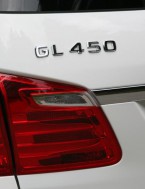
Review Index:
The 2014 Mercedes-Benz GL450 – Part 1 (Exterior)
The 2014 Mercedes-Benz GL450 – Part 2 (Interior)
The 2014 Mercedes-Benz GL450 – Part 3 (Chassis and Suspension)
The 2014 Mercedes-Benz GL450 – Part 4 (Powertrain)
Video Highlights (For more detail information please see paragraph #5, 6, 7)
Now let’s take a look at the GL450’s frame construction.
Usually Mercedes-Benz vehicles give us an impression of solid rigidity and superior safety. To my surprise, this is not the case for the GL450 (the car body construction should be identical across the GL-class, but since I have not test driven other models, I cannot put the below conclusion on all of them).
The major issue is the torsional rigidity. Briefly speaking, the torsional rigidity of a car indicates how well the car body can resist forces that make it flex and twisted. Obviously the larger of the torsional rigidity the better.
A car with weak torsional rigidity will has the following symptoms:
1. When you are driving onto a ramp with an angle (for example, the right front wheel is on the ramp while the left front wheel is still on the flat ground), you hear creaks inside the cabin, for example interior trims rub against each other, which is caused by the body flex; Another example is you can hear the noise that door’s weather stripe rubbing against the door frame; from the below photo you can see the rubber seal around the front driver-side door:
2. Excessive cabin creaking noise rather than tire hitting the road surface, or suspension moving parts occurs when your car hit imperfections on the road such as potholes, frost heaves, expansion strips and broken pavement;
3. When the car is running on uneven surfaces, you feel the front and rear of the car is vibrating/shaking in different phases/frequencies; Simply speaking, you can feel the whole car is not a solid body, the front and rear end seems to be somewhat “elastically connected”
Below video is our live test on the GL450, I drove it very slowly in front of the driveway of my house, which is not a flat surface. You can hear the rubber seal on the door rubbing against the bended car frame and causes loud creaks.
Since the X166 GL-class shares the same architecture with the W166 M-class, and the WK2 Jeep Grand Cherokee is built on the same platform as the Mercedes-Benz W166 M class, we can get some rough idea of the GL-class’ torsional rigidity level from the Grand Cherokee. From our extensive list of torsional rigidity, we see the number is 23,000 nm/deg. So it looks like it is an explanation of why the GL450 showed excessive body flex in our above test video.
We hope Mercedes-Benz can improve the torsional rigidity for next generation GL-Class – at least do not make such loud creaks when driving through uneven surfaces.
The GL-class comes with air suspension as standard. Our test car does not has the Adaptive Damping System, therefore there are only two mode for the vehicle height: Normal and Raised.
In the above photo, press the second button on the right, the GL450 will be risen for about 2.3 inches. The process take about 30 seconds, the whole process involves many small cycles: in each cycle the vehicle is first risen and then lowered a little bit (looks like a search algorithm – first you go forward, and then back a little bit; and then forward, then back…until you reach the desired place). The indicator light on the button will flash during this process; when it turns to be a steady lit state, you know the process is completed.
For our minimally-optioned test car, the only purpose of rising the vehicle is to let you pass some rough terrain, which requires high ground clearance. But since our test car is not equipped with the On & Off Road package, and missing many essential 4X4 features, I seriously wonder whether there is any user will drive this GL450 to places, which is so rough that the vehicle need the extra ground clearance to go through.
Besides the above purpose, the air suspension acts like, and feels like a normal suspension composed of springs and shocks. Driving the GL450, the suspension’s feel is very similar to a normal suspension with low spring rate with low damping coefficient shock. It is like riding on a boat. On well-maintained roads (which is relatively even), the ride is smooth, solid and calm – which is expected (any car can achieve this provided good road condition); but on roads that are lacking maintenance (like some highways in California), which contains lots of potholes, expansion strips and broken pavement, our GL450’s air suspension seems to be unable to do its job, you will feel the harsh impact between the road and the tire, and the impact forces are transmitted to the cabin without enough filtering. The issue is worsen by the GL450’s lack of torsional rigidity, to the extend that you will complain the rear end of the SUV has too much undesirable vibrations while driving on such roads.
But our finding may be limited to GLs without the adaptive damping system (ADS). I guess the situation should be better if you select the comfort mode in the ADS.
This photo shows the GL450’s rear underbody. You can see the exhaust tips are hiding behind the rear bumper cover.
Now I will say something which is still confuses me at this moment. If you want to check the tire pressure of the GL450, you will see two different answers from Mercedes.
The first version: stickers on the door frame tells you to inflate front tire to 39 psi, rear tire to 47 psi
But the sticker inside of the fuel filler flap tells you to do 32 psi for front, and 36 or 44 psi for the rear.
I do not know which one I should use. Although I know there must be some formula to calculate the suitable tire pressure based on actual load, I am not a NASA engineer that is preparing a space flight mission, I do want some clear and explicit instructions on what tire pressure is OK for my daily driving.



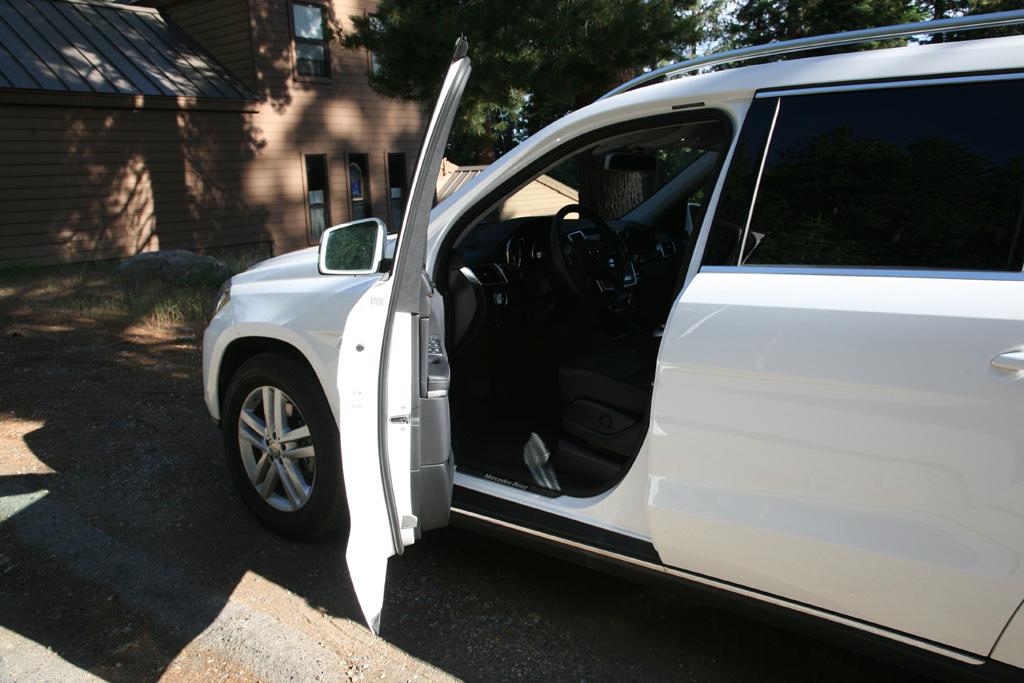

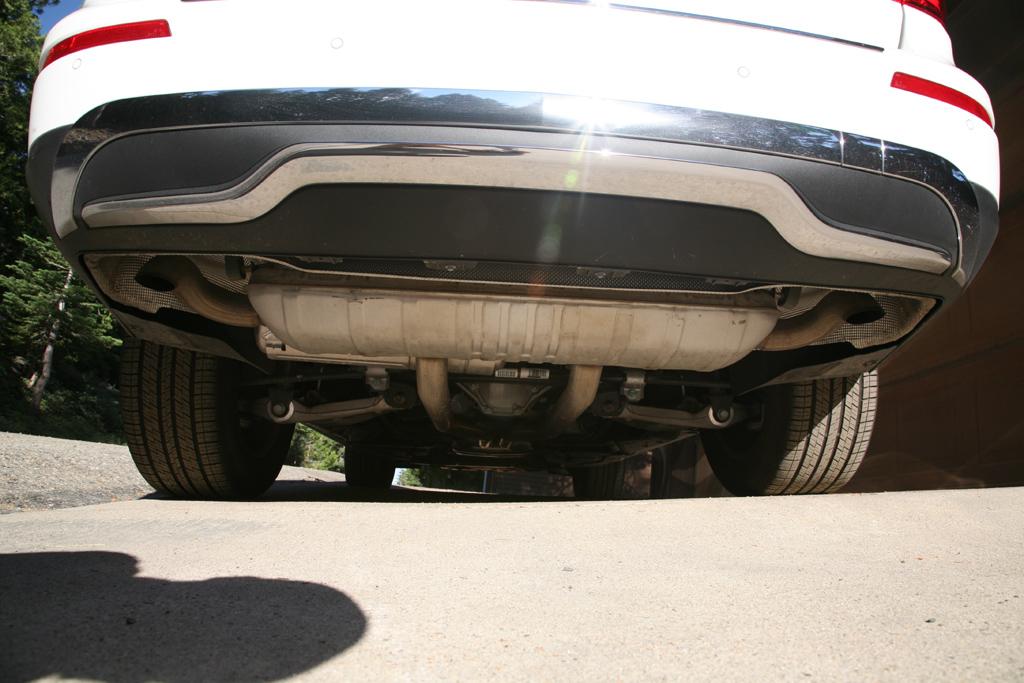
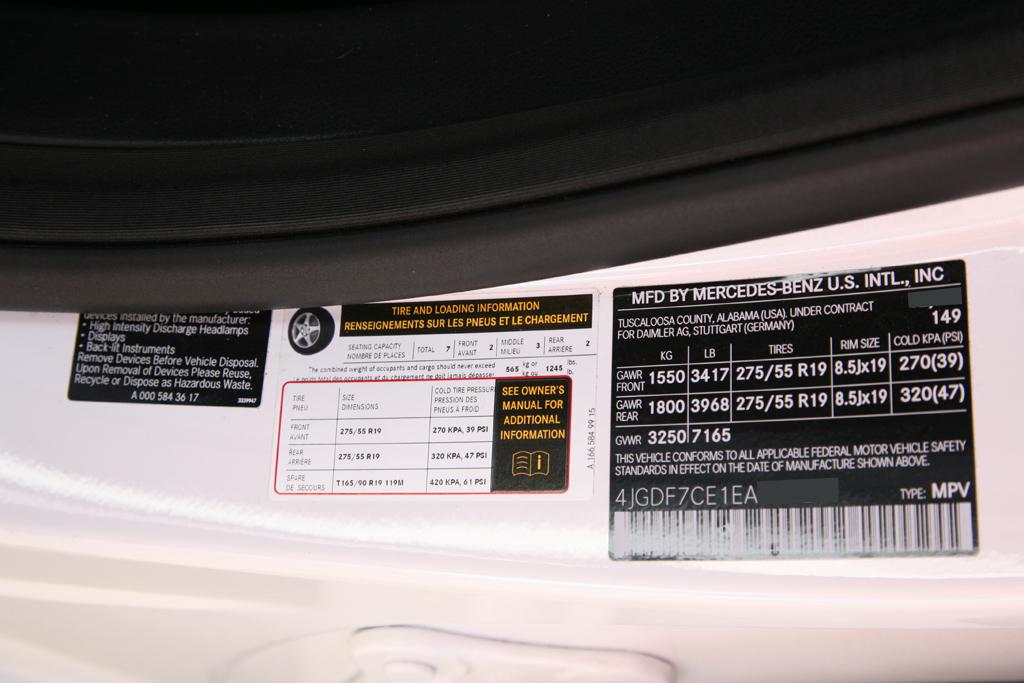
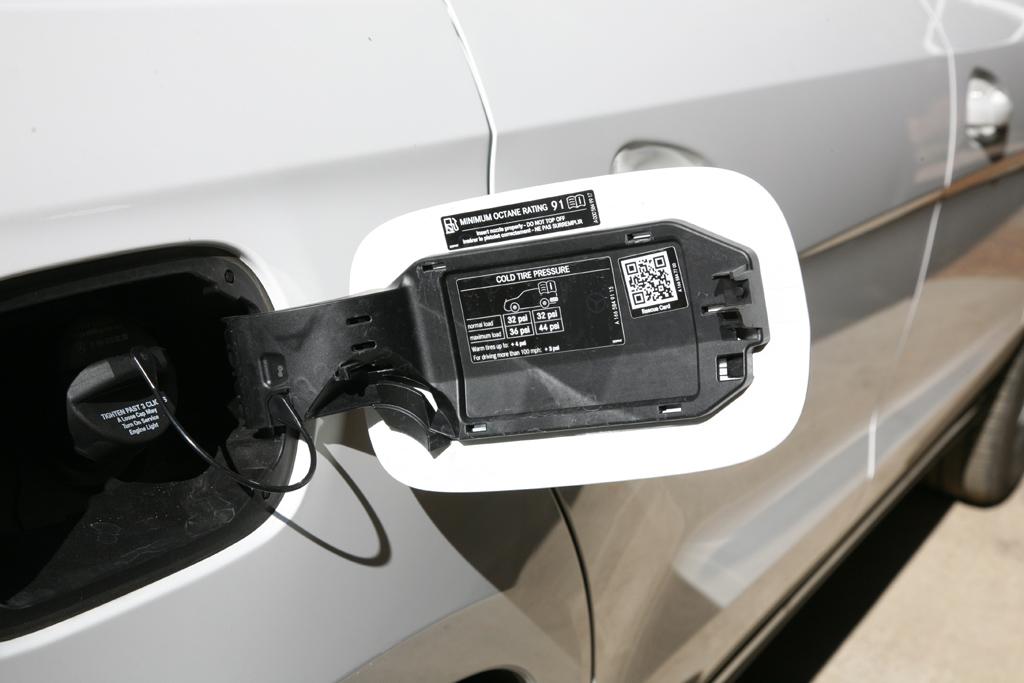

Recent Comments